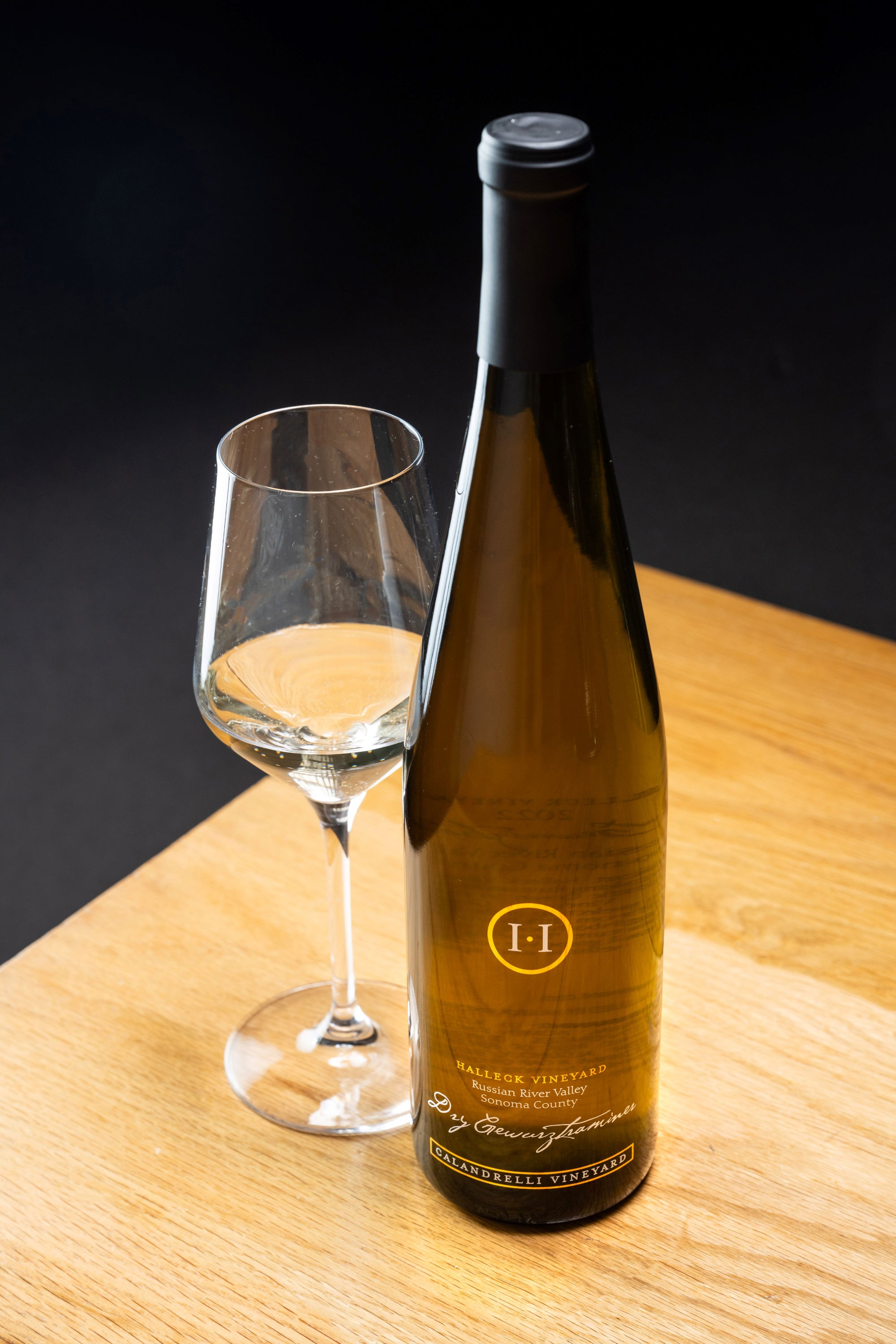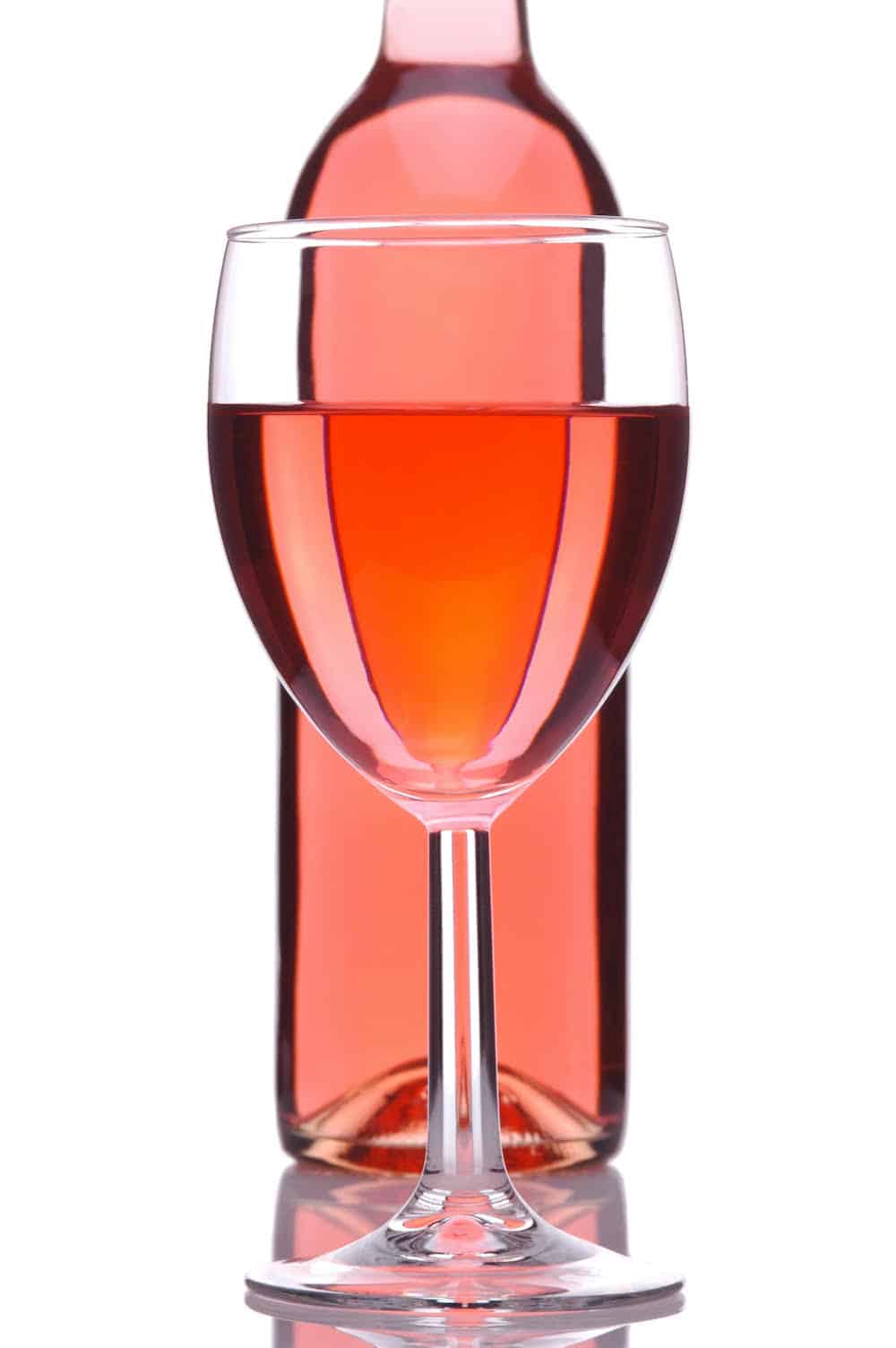Wineries In The Heart Of Sonoma County Wine Region - Scenic Wineries Of Sebastopol
Wineries In The Heart Of Sonoma County Wine Region - Scenic Wineries Of Sebastopol
Blog Article
Intimate Wine Tasting Experiences In Sonoma - Sonoma Wine Country Wineries To Explore
Wine tasting is an art that combines sensory experience with an appreciation for the nuances of various varietals. How to judge flavors in winery wine tasting classes is pivotal to greedy the complexities of wine.
Participating in a wine tasting entails more than merely sipping and savoring. It requires a focused strategy to determine aromas and flavors that every wine presents. As you start, observe the wine's appearance, noting its color and readability. These visible cues typically recommend a wine’s age, grape variety, and even potential flavor profiles.
The subsequent step within the tasting process is to swirl the wine in your glass. This action releases aromatic compounds that are very important for evaluation. Lean in and take a second to inhale deeply; the aromas can range from floral and fruity to spicy and earthy. The nostril of the wine is simply as important as the palate, and recognizing scents performs a significant position in understanding the general experience.
When taking your first sip, enable the wine to move across your palate - Best Wineries For Wine Tasting In Sonoma. Notice the initial flavors that present themselves. Is the wine fruity, floral, or maybe herbaceous? This initial style offers perception into what the wine is prone to specific as you proceed to gauge it. The mouthfeel also contributes to the overall flavor experience; it could be silky, tannic, and even effervescent.
Best Chardonnays From Sonoma Winemakers - Sebastopol Vineyard Experiences
As you continue tasting, take note of the wine’s steadiness. A well-balanced wine will harmonize acidity, sweetness, and tannins. If one element overwhelms the others, it would point out a much less desirable quality. Evaluating steadiness may help you establish how well the wine might pair with food.
Transitioning to the finish, contemplate how the flavors evolve because the wine lingers on your palate. A lengthy, nice end can indicate a high-quality wine, while a brief or abrupt end might suggest in any other case. Replicate on whether the flavors stay constant or if new notes emerge because the wine settles. This progression can reveal complexities and intricacies that may not have been apparent in the initial tasting.
Temperature can additionally be an important factor in evaluating wine flavors. Different types of wine are optimally enjoyed at particular temperatures. White wines usually shine when chilled, whereas pink wines usually carry out greatest at room temperature. When tasting, ensure the wine is at the appropriate temperature to completely appreciate its character.
Wineries Offering Charcuterie And Wine Pairings - Sebastopol Winery Experience
Pairing food with wine can greatly improve the tasting experience. Foods can affect the perception of flavors in wine, both highlighting certain traits or diminishing them. When evaluating flavors, contemplate how the wine interacts with totally different meals, noticing which flavors are amplified or muted (Beautiful Picnic Areas At Sonoma Wineries).

Consider the influence of terroir as you interact in a winery tasting. Terroir encompasses the distinctive environmental elements that affect grape growing, together with soil composition, climate, and geography. Understanding a wine's terroir can present perception into its flavors and aromas, fostering a deeper appreciation for the alternatives made during its cultivation and production.
Schooling plays a basic role in enhancing one's capacity to gauge wine flavors. Learning about grape varieties, wine regions, and manufacturing strategies can pave the way for extra knowledgeable judgments throughout tastings. Moreover, attending workshops or classes can refine sensory skills and increase your flavor go to website vocabulary, enabling you to articulate tasting notes extra successfully.
Lastly, it is important to do not overlook that evaluating wine flavors is a extremely personal experience. Individual preferences and perceptions will invariably form one’s tasting journey. Enjoyment must be at the forefront, with the analysis course of performing as a tool to reinforce understanding and appreciation quite than create inflexible pointers.
Wineries Offering Elegant Wine Tastings - Greatest Wine Tasting Locations In Sonoma
In conclusion, mastering tips on how to evaluate flavors in winery wine tasting classes involves a mix of sensory engagement, knowledge, and practice. By learning to determine aromas, assess the steadiness, and respect the intricacies of flavor, wine enthusiasts can deepen their connection to every bottle they encounter. As with any art kind, the more one immerses themselves within the experience, the more they'll uncover and benefit from the huge world of wine.
- Begin by observing the wine's color and clarity, as these visual components can hint at its flavor profile and growing older potential.
- Swirl the wine gently in your glass; this releases fragrant compounds, permitting you to higher identify the complicated scents related to the wine.
- Take a deep inhale earlier than tasting, specializing in each main and secondary aromas to assemble insights on fruits, spices, and different nuances.
- When tasting, enable the wine to coat your palate; note the preliminary flavors, the mid-palate complexity, and the end as these phases can present completely different flavor highlights.
- Pay attention to texture and mouthfeel, as features similar to tannin levels, acidity, and sweetness contribute significantly to the general tasting experience.
- Examine flavors in opposition to standard wine characteristics; for red wines, consider berry notes, oak influence, and herbal tones, whereas whites might include citrus, stone fruits, and floral hints.
- Take notes during the tasting session to track your impressions, serving to you to recollect and evaluate the totally different wines sampled.
- Focus On your findings with fellow tasters or winery employees, as sharing insights can improve understanding and appreciation of individual flavors.
- Allow time for the wine to breathe; sometimes, flavors evolve and reveal new dimensions after being uncovered to air.
- Experiment with food pairings in the course of the tasting as they will dramatically alter how flavors are perceived, influencing total enjoyment.undefinedWhat should I look for when evaluating the aroma of wine during a tasting?
Start by swirling the wine in your glass to launch its aromas. Bring the glass to your nose and take a deep breath. Pay consideration to the first scents you detect, as these are often probably the most outstanding. Look for fruit, floral, natural, or earthy notes and attempt to identify specific traits, which is in a position to deepen your understanding of the wine's complexity.
Wineries Featuring Seasonal Wine Events In Sonoma - Sonoma Wine Tasting Spots

How can I distinguish between totally different flavor profiles in wine?
Perceive that flavor profiles are sometimes categorized as fruit, floral, herbaceous, spicy, or mineral. Take small sips and permit the wine to coat your palate. Discover the primary flavors that emerge first and the subtle notes that follow. This layering is important in distinguishing the wine's characteristics and will assist you to appreciate its unique profile.
Interactive Wine Tasting Experiences In Sonoma - Wine Tasting In Sonoma County
What is the importance of the wine's texture in a tasting?

The texture of the wine, also recognized as mouthfeel, performs an important role in how we understand flavors. Pay consideration as to if the wine feels easy, creamy, or gritty. The body of the wine (light, medium, or full) can improve or contrast with flavors, offering a more rounded experience throughout tasting.
How do I assess the stability of flavors in wine?
Balance in wine refers again to the harmony between acidity, sweetness, tannin, and alcohol. Take a moment to assess whether these components complement or interfere with each other. A well-balanced wine may have none of its elements overpowering the others, creating a pleasing tasting experience.
Family-Oriented Wine Tasting Venues In Sebastopol - Sonoma Wine Culture
What role does temperature play in evaluating wine flavors?
Temperature can considerably impact the perception of flavors. Generally, pink wines are greatest served slightly under room temperature, while white wines benefit from being chilled. As the temperature adjustments, the aromas and flavors can shift, allowing you to understand totally different characteristics. It’s important to taste wine at its optimum temperature for true analysis.
Wineries That Host Harvest Festivals - The Charm Of Sonoma Wineries
How can I enhance my tasting skills over time?
Practice is key to improving your tasting skills. Wineries Providing Guided Vineyard Walks. Attend tastings, keep a journal of your experiences, and explore different types of wines to broaden your palate. Moreover, learning about wine manufacturing and grape varieties can provide context that enhances your analysis course of, making you a extra informed taster.
Is there a additional info particular order during which I ought to taste the wines?
Wineries With Unique Varietals - Wineries For Casual Tastings In Sonoma
Yes, it’s advisable to style wines from light to full-bodied and dry to sweet. This development prevents the stronger flavors from overshadowing the extra delicate ones, allowing you to completely recognize each wine's characteristics and nuances with out palate fatigue.
How can I evaluate the aftertaste of wine?
Wineries With Unique Wine Blends - Scenic Wineries Of Sebastopol
The aftertaste, or finish, is a crucial side of the wine-tasting experience. After swallowing, take note of how lengthy the flavors linger in your palate and whether or not they change. A lengthy, nice end is commonly an indicator of a high-quality wine, whereas a brief or unpleasant end may recommend in any other case.
Why is it important to notice the wine’s acidity throughout tasting?
Acidity contributes to the general freshness and construction of the wine. Pay attention to the tingling sensation on your tongue; higher acidity can enhance the wine's liveliness and balance out sweetness. Noting acidity helps decide the wine's versatility with food and its aging potential.
What ought to I do if I battle to identify specific flavors in wine?
Wine Tasting Tours In Russian River Valley - Explore Sebastopol Area Vineyards
Struggling to identify flavors is widespread, especially for newbies. Focus on broader categories and describe what you'll have the ability to acknowledge, similar to sweet or earthy notes. With practice, reading about completely different flavor profiles, and perhaps using flavor wheels, you will refine your senses and develop a more nuanced strategy to tasting. Report this page